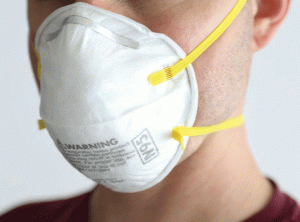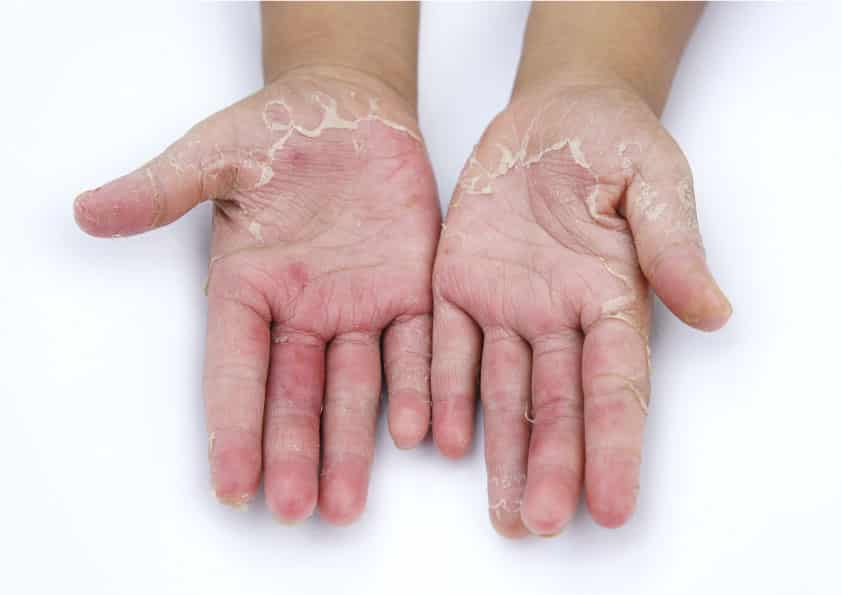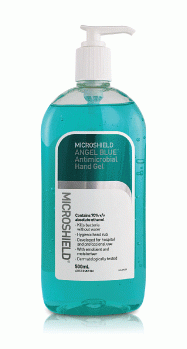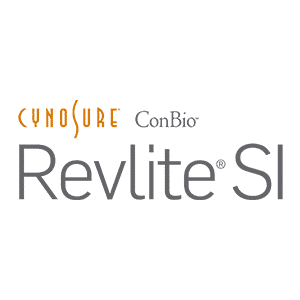With the pandemic of COVID-19 there have been increasing reports of skin problems, some related to people having the actual Coronavirus infection but many other skin conditions resulting from measures that people are using to avoid catching the COVID-19 infection.
SKIN EFFECTS OF COVID-19
Whilst essentially a respiratory illness COVID-19 has been associated with skin effects in patients diagnosed with the infection. A recent study of Spanish patients reported in the British Journal of Dermatology reported 5 separate skin conditions associated with infection by the Coronavirus. These were
- Chilblain like lesions on the feet with purple red bumps on the toes
- Urticaria like raised pink/red wheals
- Widespread rash with small flat red/brown areas
- Chicken pox like vesicular eruption with small blisters on the body
- Small necrotic skin ulcers from damage to small blood vessels (thankfully this is quite rare)

Chilblain like effects on toes with COVID-19 (‘Covid Toes’)
It is not clear if these skin conditions are directly caused by the Coronavirus infection or instead indicate complications after the infection. What is important to understand is that whilst there have been several skin conditions occurring in patients with COVID-19, there are no skin features diagnostic of COVID-19.
EFFECTS OF ISOLATION
Staying at home and working from home have been key parts of the Australian response to COVID-19. One of the consequences from isolating at home has been that many people are complaining more about skin problems. Spending more time indoors does result in much dryer skin and so if you are in isolation it makes sense to increase the use of your skin moisturiser and ensure you are drinking enough water.
A lot of the reports of skin problems in isolation are probably not actually due to an increased incidence of skin issues from isolation but are rather more what we medically call ‘reporting bias’. This essentially means people have more time to notice things and are complaining about things with their skin that they might otherwise have ignored. For example, we know people living and working from home are more likely to be walking around barefoot so they will be noticing the skin on their feet more. They are also spending more time on the internet reading about skin and the potential problems they might have.

A secondary but very important skin effect of being indoors more is that your Vitamin D levels are more likely to be lower. Our main natural source of Vitamin D is from sun exposure and with people spending much less time outdoors there is a great likelihood your Vitamin D levels will have become lower during isolation. This tendency to lower Vitamin D levels will only worsen over the winter months with less sun and the bad weather keeping us even more indoors. The issue with Vitamin D is that low levels impair the immune system and if you are not getting enough sun you should take a Vitamin D supplement. An impaired immune system is the last thing you want in this time of COVID-19!
EFFECTS OF PPE
Personal Protective Equipment (PPE) has been critical in protecting health care workers dealing with patients with COVID-19. PPE is also increasingly being used by many others in the community in close contact with people to reduce the potential risk of infection from people who might be infected with COVID-19 but are asymptomatic.
The prolonged and repeated use of PPE has been associated with several skin conditions including pressure injury, itch and contact dermatitis. Prolonged contact with protective goggles and masks can cause a variety of skin conditions ranging from contact dermatitis to exacerbation of existing skin problems. The long term use of protective gloves results in occlusion and moisture retention which can increase the risk of contact dermatitis.
Masks, in particular the N95 masks, as well as protective goggles are often worn for many continuous hours by health care workers in hospitals. Abrasions and skin infections from the mask strap or goggles across the bridge of the nose are very common. A study of health care workers using N95 masks found more than a third complained of facial itching, acne or dermatitis from the use of the masks.

Another survey of health care workers who were caring for COVID-19 patients, reported 75% had skin problems with skin dryness, redness, scaling and maceration especially on the hands, cheeks and bridge of the nose.
Sweat and humidity can also build up under masks and are thought to be major factors in flare ups of skin conditions, such as Rosacea and Acne. The increased stress levels from being involved in a pandemic no doubt has also contributed to exacerbations of these inflammatory skin conditions.
EFFECTS OF HAND HYGIENE
Hand hygiene through regular hand washing, with either soap and water or hand sanitiser, is one of the key measures recommended to help prevent transmission and infection with COVID-19. For those who want to check how to hand wash effectively a very useful resource is the Hand Hygiene Australia website https://www.hha.org.au/
However, regular hand washing with detergents and disinfectants can impair the skin’s natural lipid barrier and trigger skin reactions. Studies have found around 30% of health care workers develop hand rashes from repetitive handwashing with two thirds of health care workers washing their hands over 10 times a day. The skin effects from repeated hand washing range from mild dryness, irritation and itchiness to quite debilitating burning, cracking, peeling and even bleeding. The common situation is that repeated handwashing can result in what we call an ‘irritant contact dermatitis’. A true allergic reaction to hand hygiene products is quite rare and if it occurs usually relates to additives such as fragrances or preservatives.
The potential of hand hygiene products to cause skin irritation varies considerably and relates to how much these products damage the natural lipid skin barrier. Irritant dermatitis occurs more quickly if individuals have dry skin or a pre-existing history of dermatitis or sensitive skin. It also seems more frequent in men and those with very fair skin.

Hand Dermatitis with skin peeling
If you are hand washing with soap and water remember if you have sensitive skin rinse off the soap thoroughly and dry your skin with a dry paper towel or clean cloth. Some studies suggest paper towel is more effective in drying than electric hand dryers. If you have been using a moisturiser as a soap substitute understand a moisturiser will not kill COVID-19 and that you will still need to wash with soap or sanitiser. For people prone to hand dermatitis the use of an oil-based moisturiser after washing is recommended.
If you have dry skin or are noticing regular handwashing is starting to cause skin irritation it is important to remember that alcohol-based hand sanitisers are better tolerated than soap and water. Hand sanitisers are not all the same and ethanol is less irritating than propanol or isopropanol. The higher the alcohol content the more potential for irritation in a hand sanitiser but to be effective a hand sanitiser needs to be at least 60% strength alcohol. When buying a hand sanitiser you should avoid hand sanitisers which include Triclosan. This is an antibacterial ingredient that was very commonly included in hand sanitisers but is now banned in the USA as it potentially can cause antibiotic resistance and effect hormones. To help reduce the chance of skin irritation many hand sanitisers now include moisturisers such as Glycerin as ingredients.

The key points about the skin during this COVID-19 crisis are
- Skin disease is associated with COVID-19 infections, but it is not possible to diagnose COVID-19 based on any skin effects. Throat and nasal swabs are required to diagnose COVID-19 infection.
- In isolation use more moisturiser and take Vitamin D supplements. We would recommend at least 2 capsules a day (2000 IU) and more if you have dark skin or have had low Vitamin D levels in the past.
- PPE can cause skin problems and early recognition can help minimise the severity. If you are noticing skin irritation, such as on the bridge of the nose, we would recommend applying a gentle ointment such as Aquaphor.
- If you have dry skin or a history of dermatitis use a hand sanitiser rather than soap and water for hand hygiene. Choose one that is 60-70% ethanol with some moisturiser as an additive or apply some moisturiser afterwards.
- Remember that COVID-19 enters your body through mucosal surfaces so importantly after hand washing do not touch your eyes, nose or mouth (leave your face alone!).
Hopefully you find this information useful and if you have any questions about your skin during this challenging time feel free to contact us for advice on 96545720 or contact@collinscosmeticclinic.com.au If we can’t directly help we will do our best to point you in the right direction.













